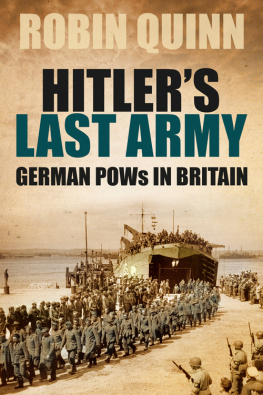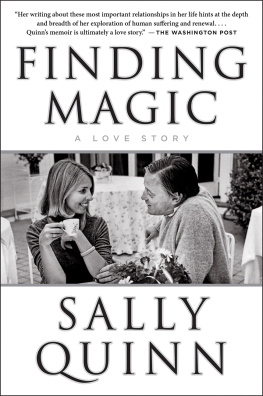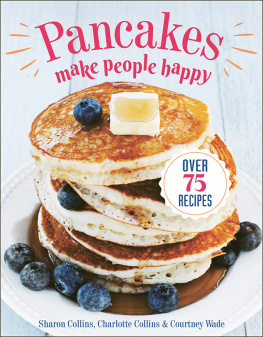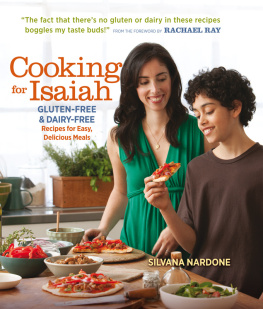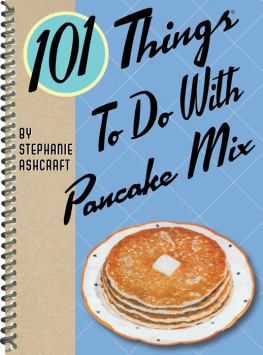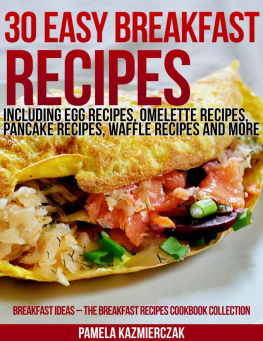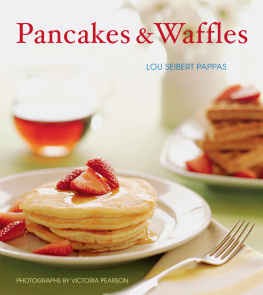Publishing Director: Sarah Lavelle
Creative Director: Helen Lewis
Copy Editor: Corinne Masciocchi
Editor: Harriet Butt
Series Designer: Gemma Hayden
Designers: Nicola Ellis and Emily Lapworth
Recipe Writer: Sue Quinn
Photographer: Faith Mason
Food Stylist: Emily Kydd
Prop Stylist: Alexander Breeze
Production: Vincent Smith and Nikolaus Ginelli
Published in 2018 by Quadrille, an imprint of Hardie Grant Publishing
Quadrille
5254 Southwark Street
London SE1 1UN
www.quadrille.com
All rights reserved. No part of this publication may be reproduced, stored in a retrieval system or transmitted in any form by any means, electronic, mechanical, photocopying, recording or otherwise, without the prior written permission of the publishers and copyright holders. The moral rights of the author have been asserted.
Cataloguing in Publication Data: a catalogue record for this book is available from the British Library.
Text Quadrille Publishing Limited 2018
Photography Faith Mason 2018
Design and layout Quadrille Publishing Limited 2018
eISBN: 978 1 78713 245 0
CONTENTS
Who doesnt love pancakes? Thin and delicate, or thick and squidgy. Bite-sized or generously proportioned. Rolled, folded, or piled into towers. Drenched in syrup or stuffed with vegetables. Breakfast manna or superlative supper. Whatever your tastes or gustatory requirements, theres something for everyone in pancake land.
Researchers believe that as far back as 30,000 years ago, humans were partial to a pancake stack. Stone Age cooks mixed together ground-up plants and water, and fried the resulting batter on hot rocks greased with woolly mammoth lard. That last bits made up, of course, but you get the picture; pancakes are almost as old as cooking itself. Why have they survived the test of time? Probably because theyre cheap, and this vast food family shares one defining feature: flatness. It makes them easy to prepare, portable when necessary, and a versatile vehicle for almost any ingredient a cook has to hand. Thats why virtually all cuisines have a version, from yeasty injera in the Horn of Africa to pannekoek in Holland.
These days, most of us know pancakes as stars of the breakfast table, a morning staple in some parts of the world, a daybreak treat in others. Served American diner-style, with bacon and an amber puddle of syrup, pancakes deliver the flavour-bomb triumvirate of salt, sugar, and fat. But theres so much more to pancakes than that. Stuffed with meat and baked under a blanket of gooey cheese, pancakes are the ultimate comfort food on a cold day. Plied with leafy greens and topped with an egg, they can be a nutritionally complete light meal. Studded with sweet or savoury morsels, and then baked until puffed and golden, pancakes transmogrify into something entirely different.
Whatever your personal preference, pancakes are relatively simple to make in their elemental form, with just a few basic ingredients required. There is a certain knack to getting them just right, but raw interiors, burnt exteriors, and chronic pancake stickage can easily be overcome with practice, the right kit, and by bearing a few basics things in mind.
A well-seasoned or non-stick griddle or frying pan, cast iron if budget allows, can really make the difference between pancake heaven and pancake hell. Keeping a vigilant eye on the heat, turning it up or down as required, will also enhance the chances of pancake perfection. And, of course, a well-seasoned batter thats just the right consistency is key to making them flavoursome and delicious. Notwithstanding this advice, the first pancake in a batch will invariably fail, especially when making crpes. This is just the will of the pancake gods and is not, in fact, a problem. The scrappy mess that is your first pancake is the tester, the chance to get the heat just right. Its also a sublime cooks treat, to be eaten very hot and sprinkled with sugar straight from the pan.
It makes sense that we should all master how to make pancakes. Almost everyone loves them because theyre flipping delicious. Onwards to the batter!
EQUIPMENT
A griddle or shallow frying pan ideally made from well-seasoned or non-stick cast iron is perfect for frying pancakes. Some people believe you need a specialist crpe or omelette pan for thin and lacy French-style ones, but you dont. What you want is a solid flat base that distributes heat evenly, ideally with shallow sloping sides. Most of the recipes in this book are made in a frying pan with a base measuring 16cm (6in) in diameter.
A large, flat heatproof spatula, like the kind used to flip fish or eggs, is pretty much essential for turning large pancakes over. A palette knife is also useful for getting under the edges.
A whisk is perfect for stirring together ingredients and removing lumps, but a wooden spoon is fine.
A sieve is commonly used to sift flour and other ingredients for pancakes, but its debatable whether doing this makes much difference to the end result. Its easier to use a whisk to combine and aerate the dry ingredients, but the choice is yours.
A 60ml measuring cup (2fl oz/ cup) is useful for scooping out just the right amount of batter to make pancakes of perfect equal size.
COOKING TIPS
Mixing:
Dont over mix pancake batter: it will develop gluten and the pancakes will be tough. The best way to avoid this is to whisk together the dry ingredients in a mixing bowl first and mix the eggs and other wet ingredients in a jug. Pour the wet ingredients into a well in the centre of the dry ones, stirring as you go to slowly incorporate the flour mixture from the sides. This way, much of the combining has already been done by the time the wet and dry ingredients get together, and avoids beating. A few small lumps are fine in thick pancake batter, but crpe batter should be smooth.
Resting:
Resting crpe batter for 30 minutes or so before cooking definitely yields a lighter, more even texture. This is because resting allows the starch molecules to swell, air bubbles to disperse, and any gluten formed while mixing the batter to relax. That said, your crpes will still be perfectly okay if you omit this step. Dont rest batter for thick American-style pancakes, as the raising agents start working as soon as the wet and dry ingredients are mixed together, and your pancakes might not rise well.





